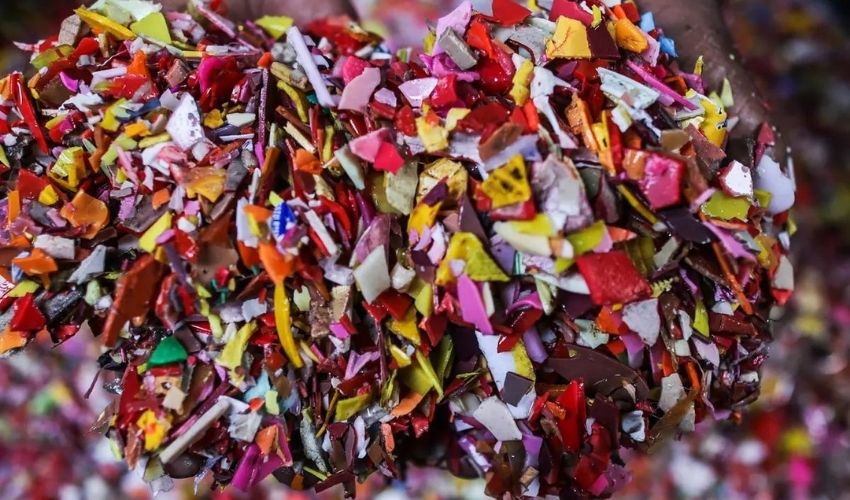Scientists Succeed in Making PLA Material More Degradable

According to a press release, researchers at the University of Bath have succeeded in making PLA even more degradable. Essentially, they have found that by incorporating sugar units into the polymers, they can be degraded more easily when exposed to UV light. The project comes as increasingly companies are working on making plastics more recyclable or degradable to reduce waste globally, a topic which has also been popular within the 3D printing community in recent years.
You have almost certainly have already heard of PLA or polylactic acid. It is a material produced using lactic acid from the fermentation of sugar. Due to its natural roots, it is often touted as the renewable, more sustainable alternative to plastics made from crude oil products, and its range of applications is very diverse, especially when it comes to 3D printing. However, the material is often mislabeled as biodegradable. In fact, this is only partially true. While it can degrade in industrial composting conditions with high temperatures and humidity, it has limited degradation in natural environments, such as soil or seawater. Royal University Society research fellow and polymer chemistry lecturer Dr. Antoine Buchard commented on this noting, “Lots of plastics are labelled as biodegradable, but unfortunately this is only true if you dispose of it in an industrial waste composter – if put into domestic compost heaps, it can last for years.”

The University of Bath hopes the project will make plastics more degradable at the end of their life (photo credits: oilslo)
What is different about the newly developed material?
However, now there seems to be a solution. Scientists at the Center for Sustainable and Circular Technologies (CSCT) at the University of Bath have now found a way to make PLA material degradable even under natural conditions. This is achieved by incorporating different amounts of sugar molecules into the polymer. Commenting on the process, Antoine Buchard noted that the addition of sugar breaks the plastic into smaller polymer chains which are more sensitive to hydrolysis. This in turn will make PLA more biodegradable in nature such as in the ocean or a regular garden compost heap.
In this process, the incorporation of just three percent sugar polymer units into PLA already leads to a 40 percent degradation of the material within six hours after exposure to UV light. This new technology is also said to be compatible with existing plastics manufacturing processes, which means it could be quickly adopted without much effort from the plastics industry. In the future, the researchers hope that their findings will help to ensure that plastic waste can be degraded in a better and more environmentally friendly way at the end of the product’s life. Buchard concluded, “This strategy remains to be translated to real-life plastics objects and tested with sunlight, but we hope our technology could be used in the future to make plastics that are strong when you’re using them, but can break down easily when reuse and recycling are not possible anymore.”

Photo Credits: University of Bath
You can learn more about the project in the research paper HERE. What do you think of making PLA even more degradable in natural conditions? Let us know in a comment below or on our Linkedin, Facebook, and Twitter pages! Don’t forget to sign up for our free weekly Newsletter here, the latest 3D printing news straight to your inbox! You can also find all our videos on our YouTube channel.
*Cover Photo Credits: Dhiraj Singh






